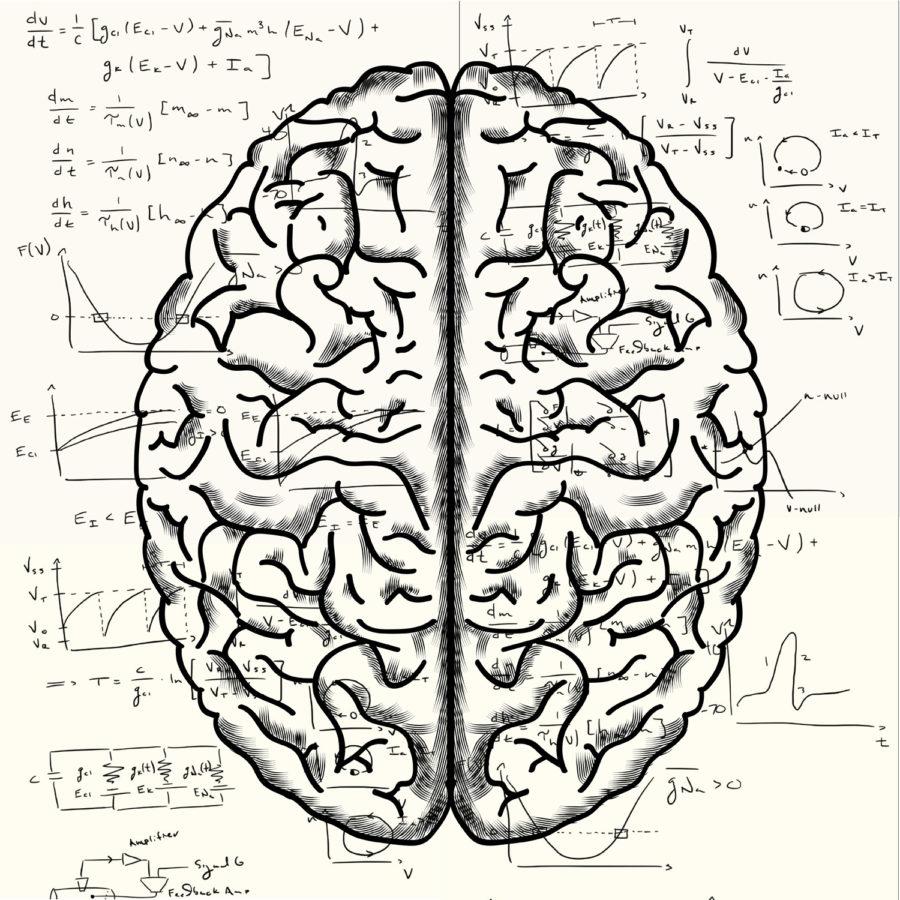Bioinformatics major evolves into “computational biology”
Daniel Walsh | Staff Illustrator
The current bioinformatics major will be expanded into the new computational biology major which will cover a broader range of subjects than its predecessor.
January 25, 2019
Pittsburgh is a city full of “eds and meds” striving to become the best of the best in research and education. To keep up with this demand, the biological sciences and computer science departments are working together to change one of Pitt’s many majors. In the culmination of a five-year process, the bioinformatics major will become the computational biology major in the fall of 2019, reflecting the ever-changing technological landscape.
According to Jeffrey Lawrence, professor and chair of the biological sciences department, computational biology encompasses more than bioinformatics, which was introduced about 10 years ago.
“Computational biology is a more reflective name and a broader descriptive term. Bioinformatics is a subfield within computational biology. We changed it because it’s just more accurate,” Lawrence said.
Computational biology will be a joint major offered between the Dietrich School and the School of Computing and Information, replacing the bioinformatics major that currently exists as a joint major between the two schools. The new major will involve additional computer science courses and courses specifically involving computational biology.
Bioinformatics, as described on the biology department’s website, is the “theory, application and development of computing tools to solve problems and create hypotheses in all areas of biological sciences.”
Faculty members of the biology department have pursued research in computational biology, using computers to solve biological problems. This can involve modeling and analyzing genome sequences, and analyzing the behavior of molecular proteins.
Assistant professor Jacob Durrant currently conducts research involving protein-target identification, small-model ligand identification and molecular visualization. According to his website, Durrant focuses this research on creating techniques related to computer-aided drug discovery, which involves using technology to develop new drugs.
Biological sciences professor Valerie Oke, who contributed to the development of the new major, said bioinformatics has grown in popularity over the years. All of the department’s majors are growing, and bioinformatics is expanding particularly quickly, with the number of graduates more than doubling in the past five years.
According to the computational biology major worksheet and the bioinformatics major worksheet, many of the core courses for bioinformatics major will cross over to the computational biology major, in addition to a few more required classes.
Instead of a biology core requirement, macromolecular structure and function will be an alternative to biochemistry. Computational biology has been moved from the biology core to the computational biology core, which also includes courses in bioinformatics, and simulation and modeling.
The proposal for the new major was submitted about a year ago and was approved this past fall after being evaluated by the Dietrich School, though Lawrence said the discussion of a computational biology major began about five years ago.
The major was codeveloped by members of the biology and computer science departments, including Adam J. Lee, the associate dean for Academic Programs within the School of Computing and Information. Lee said in an email the biology department wanted to see an increase in Python programming in the new major.
This came to fruition in the form of a new course called Introduction to Computing for Scientists, which is currently being put together by the computer science department and will be offered in fall 2019.
“This will be a Python-based course that leverages problems from the sciences as the context within which to teach computing,” Lee said.
Introduction to Data Science, another Python programming course, was added to the computer science core of the major as well.
Lawrence said there are more new course proposals coming out in the near future that will address the material in greater depth. Since the courses will not be offered until the fall of 2019, the proposals have not been completed yet.
When asked if any other majors in the biological sciences department will undergo changes, Oke said every major has the possibility to be improved.
“We’re always looking at all of our majors. We’re looking at molecular biology right now, as well as ecology and evolution,” she said. “I’d say this one is probably going to be a larger change just because computational biology as a field has changed enormously over the last decade.”








